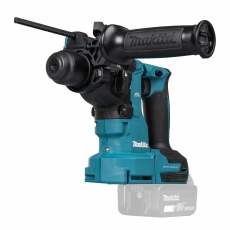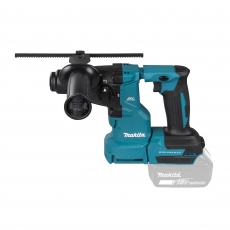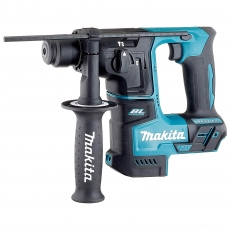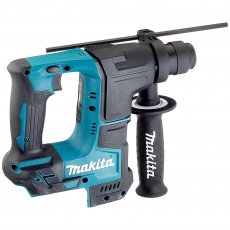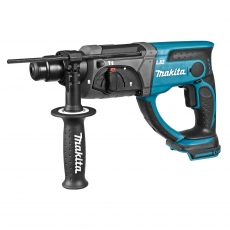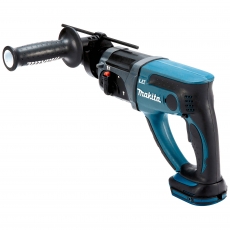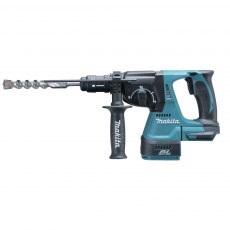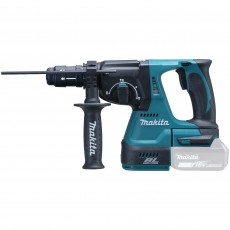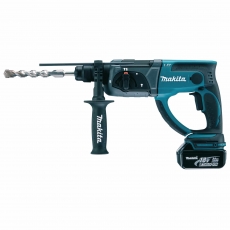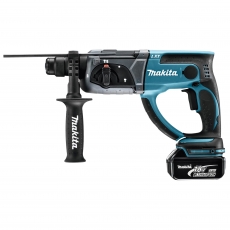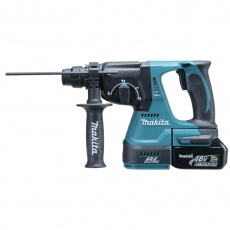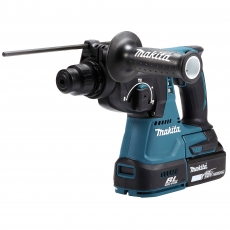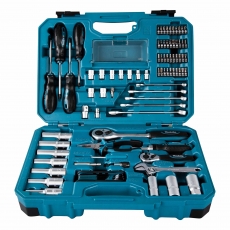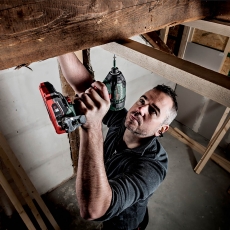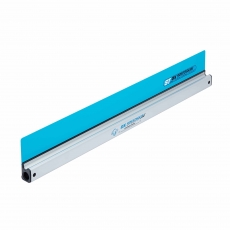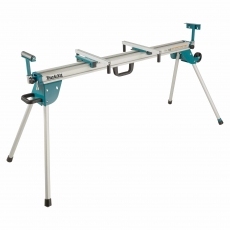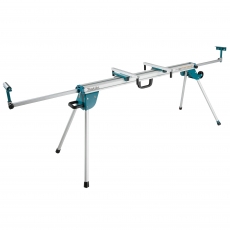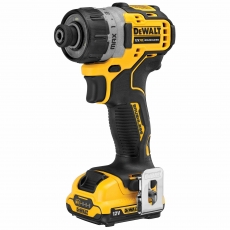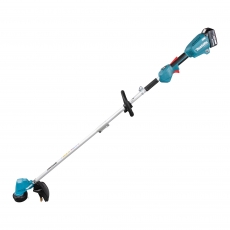Makita Cordless SDS Drill
If you need to drill through hard materials like concrete, masonry, and stone, a Makita cordless SDS drill is a powerful choice.
How does the SDS mechanism work?
The SDS (Slotted Drive System) mechanism uses a slotted bit design that locks into the drill chuck. This gives cordless SDS drills a powerful “hammering” motion. When paired with a rotational force, it can easily penetrate through tough materials more effectively than a standard drill.
Why is an SDS drill better than a hammer drill?
Unlike standard makita drills, the SDS mechanism securely locks the bit into place, preventing potentially dangerous slippage and enabling greater power transfer. This means SDS drills deliver efficient and consistent hammering force, making them ideal for professional heavy-duty applications.
Why choose an SDS drill for tough materials?
SDS drills are specifically designed to handle the most demanding drilling tasks. The increased impact force makes them much more effective on challenging surfaces, reducing fatigue for the user.
You can easily use your Makita cordless SDS drill for installing anchors, drilling through reinforced concrete, working on structural stonework, and more.
Key features of a Makita cordless SDS drill
Wondering what makes Makita cordless SDS drills so popular? Here are a few key benefits.
- Cordless flexibility: Powered by Makita’s reliable lithium-ion battery system, this SDS drill offers the handy freedom to work on job sites without access to plug sockets. Perfect for construction, renovation, and outdoor projects.
- Brushless motor efficiency: With a brushless motor for a more efficient power transfer, this cordless drive provides a longer runtime, as well as reduced wear on internal components. Makita cordless SDS drills are powerful tools built to last.
- Variable speed and impact control: It’s easy to tailor your drill speed to a specific task with the Makita SDS drill. You can easily make speed adjustments for precise control depending on the material, from lighter drilling on masonry to intense hammering on concrete.
FAQs
Can you use an SDS drill as a regular drill?
Yes, when paired with a compatible attachment, an SDS drill can perform regular drilling tasks. However, it’s still best suited for heavy-duty applications and is most effective when used on tough materials like concrete, stone, and masonry, as more impact is needed.
Do I need special drill bits for an SDS drill?
SDS drills require SDS-compatible bits designed to fit the slotted chuck system. This snug fit is what allows for efficient power transfer. It’s important to remember that standard drill bits won’t fit into an SDS drill, but you may be able to find an adaptor to get around this.
What’s the difference between a combi drill and an SDS drill?
Combi drills are more suitable for light-to-medium-duty work, such as drilling into wood, metal, and brick. They have a hammer function similar to an SDS drill, but their impact is limited.
SDS drills are specifically designed for tough materials, providing greater impact and torque, and are more suited to consistent drilling power for hard materials like concrete and stone.


